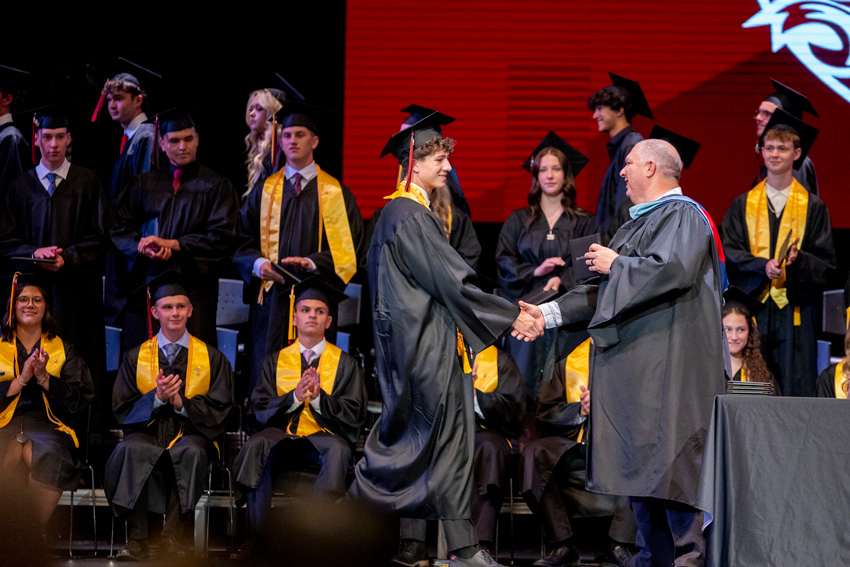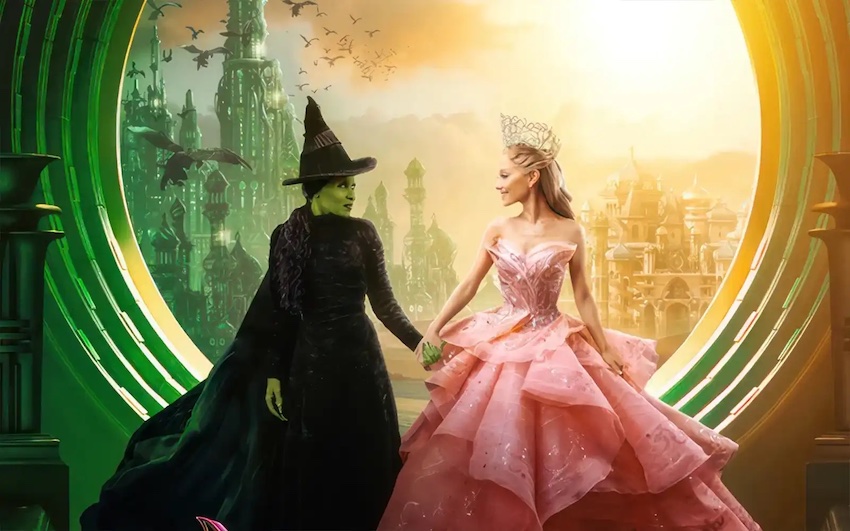Cultural diversity seems prevalent in schools all over the nation. In today?s society people who are part of a majority tend to overlook the minority, which creates barriers based on skin color.
Out of the 750 students on campus, K-12 grade, the ethnic profile is as follows: 0.01% Russian, 0.02% Middle Eastern, 0.05% East Indian, 3% African American, 4% Asian, 8% Hispanic and 92.9% Caucasian.
Although the majority of students are Caucasian, the minorities represent various cultures. Korean student, Ie Roon Jung, came to America in 2001 for better education opportunities and feels her classmates are open to her ethnicity.
?I never feel out of place on campus because people are so open-minded to other cultures,? Jung, ?08, said. ?It is so amazing how some people are so curious to learn about other cultures.?
Although it was hard for her to leave her country and family Jung has become acclimated to the American culture.
?It was hard for me to leave because my family, friends, basically everything I use to have is in Korea,? Jung said. ?I came to America for better education and for more opportunities.?
Junior Jong Cho came to America from Korea for the same reason as Jung: more educational opportunities. He came at the beginning of his seventh grade year.
“I came to America to get a better education,” Cho said. “I think that students in America take their education opportunities for granted because in Korea everyone is just in one classroom. Here in America, we have different classes and therefore learn more.”
Brazilian student Tatiana Fontes moved to California with her family as a child, because of her dad’s job in 1999. Although Fontes came to America as a young child, she had to make many adjustments moving to a new culture.
?I had to learn how to speak and write in English,? Fontes said. ?My dad had to become more fluent, but my mom already knew how to speak English. Also the American culture is actually more conservative than the Brazilian culture. There are two main religions in Brazil, Roman Catholics and people who believe in witch craft and things like that.?
Fontes? family had originally planned on taking a trip to Brazil in the summer but currency issues thwarted their plans.
?My family decided not to go back to Brazil this year because it?s getting more expensive because of the money exchange,? Fontes said. ?The dollar is becoming less valuable there, close to the Brazilian currency.?
Exchange programs minimize barriers
Some students come to America in an exchange program. Those students often seem to look at their home country differently when they visit.
?The first time when I went back to everything felt so different and special,? Jung said, “It feels like people in America are more friendly than they are in Korea.”
“If someone bumps in to you here, they would apologize and in Korea they would just keep on walking,” Jung said, “but in Korea they have a much higher respect for elders. I also really miss the food there. I learned how to appreciate Korea more.”
Many students in America appear to take education for granted, however, Jung believes she has taken full advantage of her opportunities.
?This summer I am planning on studying for the SAT and making a portfolio because I want to major in art,? Jung said. ?I?ll probably go back when I finish high school, which is next year, to visit my family and friends.?
Many on campus believe diversity is something to be appreciated and some try to remain open to new cultures and accept differences.
?I think that there are less minorities here than there are at other schools,? Micaelah Aleman, ?08, said. ?I like learning about other students? cultures.?






